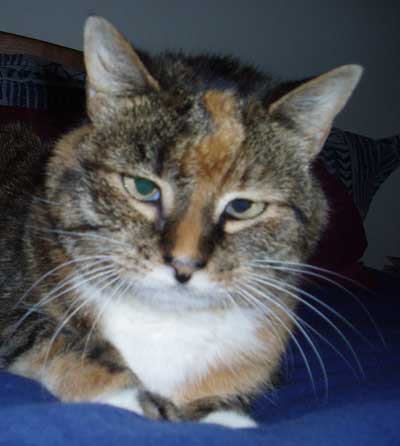Lesson #1: use worsted spun yarn
For the silk pouch, I spun the silk from the fold. While this allowed me to spin a thicker yarn (my own personal spinning quirk, your mileage may vary), it also produced a fuzzy woolen yarn. This may be desirable in many instances, but not in two end knitting, in my humble opinion. I would have preferred a smoother yarn to show off the stitch definition. As it is, it is all lost in the halo of the yarn. I know, “halo” is not how one typically would describe a silk yarn, but mine definitely had a bit of a fuzzy halo about it. Not only was the stitch definition lost, so ws the color variation. And this is all before I washed my sample. It will likely bloom even more.
Lesson #2: use a nostepinne for making the center pull yarn ball
The center pull yarn ball from my ball winder collapsed part way through and caused a snarly, ugly mess. The nostepinne would have kept my yarn ball neater.
Lesson #3: overply your yarn
This was recommended in Ann-maj Ling, and it definitely is a great tip. The ply definitely untwisted during the knitting process. To keep a stable yarn in the knitting, you definitely need to overply your yarn.
Lesson #3a: don’t set your twist
She also recommends that you don’t wash your spun yarn before knitting with it She doesn’t explain why, but my conjecture is that you don’t want to set the twist so that the twist in your yarn is still “alive” and will untwist appropriately. This is just my observation of how my yarn behaved. I don’t know for sure what she had in mind.
Lesson #4: find your perfect yarn length
Ann-maj Ling recommended unwinding 2 yards of yarn from the yarn ball, and knit from that length. Nancy Bush suggested 1 yard of yarn. I found that my ideal length is slightly less than 1 yard because I am height impaired. While seated, if the yarn is too long, then the yarn ball drags on the floor while I’m dangling it to unwind. Everyone will have a different ideal length. Experiment and find your comfort zone.
Lesson #5: don’t try to knit to the last possible stitch before unwinding more yarn
I found that when I knit all the way to the end of the yard length, the yarn is near unplied. At the start of the next length, the twist is still very high (over plied). This causes great variation in the stitch definition at the beginning of a yard length vs. the end. If I had knitted 3/4 way through and unwound more yarn, the twist would even out a bit more. Thus less variability between the start and end of a length. Keep an eye on that twist and determine the best place to unwind more yarn.
Lesson #6: don’t forget to twist the yarn between every stitch
I forgot to do this during the first couple of rounds. I ended up knitting in regular fair isle method. You don’t get the stitch definition if you don’t twist the 2 yarn ends as proscribed.
Lesson #7: It’s FUN!
I will definitely do it again. I would love a pair of mittens using this method. And I would like to make a vest using this technique for sailing.




